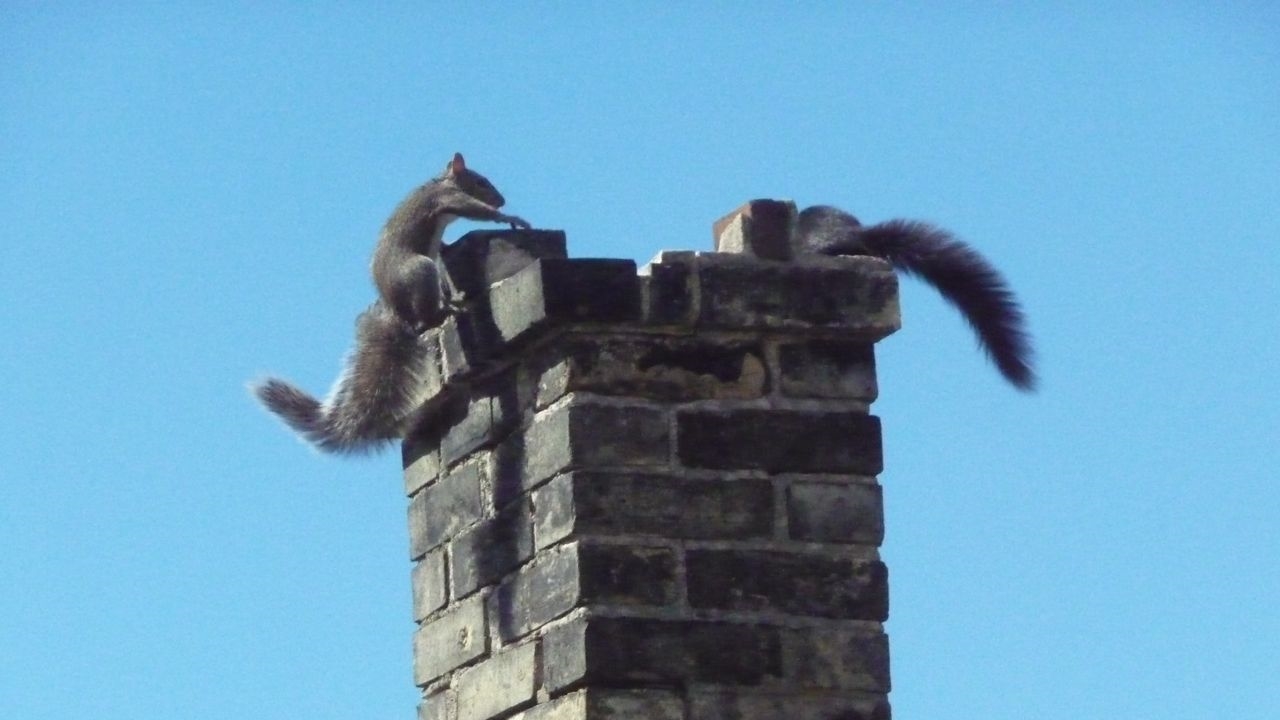

Articles
Who To Call When Animal Got Stuck In Chimney
Modified: February 24, 2024
Looking for articles about who to call when an animal gets stuck in a chimney? Discover expert advice and solutions for this common problem.
(Many of the links in this article redirect to a specific reviewed product. Your purchase of these products through affiliate links helps to generate commission for Storables.com, at no extra cost. Learn more)
Introduction
Welcome to our comprehensive guide on what to do when an animal gets stuck in your chimney. It’s not an uncommon occurrence, especially during colder months when animals seek shelter. This situation can be alarming and potentially dangerous, both for the animal and your home. Knowing the right steps to take in this situation is crucial to ensure a safe outcome for everyone involved.
Animals can find their way into the chimney for various reasons – seeking warmth, searching for food, or accidentally falling in. It is essential to handle this situation promptly and with care to avoid harm to the animal and prevent any additional damage to your home.
In this guide, we’ll walk you through the necessary steps to assess the situation, identify potential risks, and outline the various professionals you can call for assistance. We’ll also provide some tips on preventive measures to help you avoid future incidents. So, let’s dive in and find out what to do if an animal gets stuck in your chimney.
Key Takeaways:
- Prioritize Safety and Professional Help
When an animal gets stuck in your chimney, prioritize safety and avoid DIY removal attempts. Contact professionals like animal control, chimney sweeps, or wildlife rescue organizations for safe and effective resolution. - Implement Preventive Measures
To avoid future incidents, install a chimney cap, maintain the chimney structure, and trim tree branches. Regular chimney cleaning and inspections, along with securing pet doors and vents, can greatly reduce the likelihood of animals getting stuck in your chimney.
Understanding the Problem
Before we can address the issue of an animal stuck in your chimney, it’s essential to understand the potential risks and challenges associated with this situation. Animals, such as birds, squirrels, raccoons, and even bats, can accidentally or intentionally venture into your chimney. Once they find themselves lodged inside, it can be a challenging task to remove them safely.
One major concern is the possibility of the animal getting injured or trapped while attempting to escape. Chimneys are narrow and have smooth surfaces, making it difficult for an animal to climb out. They may panic, leading to further damage and potential injury to themselves. Additionally, animals can carry diseases and parasites, making their presence a health concern for you and your family.
Another problem that arises from animals stuck in chimneys is the blockage it creates. The animal’s presence can obstruct the airflow, leading to poor ventilation and the risk of carbon monoxide buildup inside your home. Moreover, chimney blockages can prevent smoke from escaping, resulting in a potential fire hazard.
It’s important to remember that handling this situation on your own can be dangerous and inefficient. Therefore, it is best to rely on professionals who have the necessary expertise and equipment to tackle these challenges safely and effectively.
In the following sections, we will explore the steps you should take when faced with an animal stuck in your chimney, including assessing the situation, prioritizing safety precautions, and exploring both DIY and professional solutions. So, let’s move ahead and determine the best course of action.
Assessing the Situation
When you discover an animal has become stuck in your chimney, it is crucial to assess the situation thoroughly. This assessment will help you determine the type of animal involved, its location in the chimney, and any potential risks that may arise during the removal process.
The first step is to listen carefully for any noises coming from the chimney. Animals may make scratching, scurrying, or chirping sounds, which can help you identify the type of animal present. Common offenders include birds, squirrels, raccoons, and bats.
Next, visually inspect the interior and exterior of your chimney to gather more information. Look for signs of nesting materials, droppings, or any openings that the animal may have used to enter the chimney. Ensure that you are working in a well-lit area and take note of any potential hazards such as loose bricks or damaged flue liners.
It is important to determine the location of the animal within the chimney. Check if it is near the top, where it may have entered from the rooftop, or further down near the fireplace. This will affect the approach taken for removal.
Assessing the overall condition of the chimney is also essential. Any existing damage or structural issues could complicate the removal process or pose risks to both the animal and the person attempting to remove it. Take note of any cracks, debris, or signs of deterioration that may require professional attention.
Finally, consider the accessibility of the chimney. Is it easy to reach, or will you need additional equipment or professional assistance? This will help you determine the best course of action in terms of DIY solutions or contacting a professional chimney sweep or animal control expert.
By thoroughly assessing the situation, you will have a clearer understanding of the nature of the problem and can proceed accordingly. This information will be valuable when discussing the situation with professionals or deciding on the best approach to resolve the issue.
Safety Precautions
Dealing with an animal stuck in your chimney requires careful consideration of safety measures to protect both yourself and the animal. It is essential to prioritize safety throughout the entire process to avoid accidents and minimize risks. Here are some important precautions to keep in mind:
- Do not attempt to remove the animal yourself: While your instinct may be to rescue the animal on your own, it is highly recommended to leave the task to professionals. Animals can become agitated or aggressive when trapped, putting you at risk of bites or scratches.
- Keep children and pets away: Restrict access to the area around the chimney to prevent any accidents or interference with the animal. Ensure that young children and pets are supervised and kept at a safe distance.
- Avoid trapping the animal: Do not attempt to seal off the fireplace or any openings in an effort to trap the animal. This can cause stress to the animal and worsen the situation. It is best to allow for an open exit so the animal can find its way out.
- Ensure proper ventilation: If you suspect that the animal has been in the chimney for an extended period, it is important to ensure proper ventilation in your home. Open windows or doors to allow fresh air to circulate and consider temporarily disabling any gas appliances until the animal is removed.
- Wear protective gear: If you must enter the vicinity of the chimney, ensure you have appropriate protective gear, such as gloves and a respirator, to minimize the risk of contact with animal droppings, parasites, or allergens.
Remember, the safety of both yourself and the animal should always be the top priority. If at any point during the removal process you feel uncomfortable or unsure, do not hesitate to seek professional help.
In the following sections, we will explore different options for addressing an animal stuck in your chimney, including DIY solutions, contacting animal control, and working with chimney sweep or wildlife rescue organizations. These professionals have the necessary expertise and experience to handle these situations safely and effectively.
DIY Solutions
If you are confident in your abilities and decide to handle the situation yourself, there are a few DIY solutions you can try to help remove the animal from your chimney. However, keep in mind that DIY methods may not always be successful, and there is a risk of harming the animal or causing further damage. Here are a few DIY solutions to consider:
- Opening the damper: If the animal is located near the bottom of the chimney, try opening the damper to create an escape route. This might encourage the animal to climb out and find its way back to safety.
- Using a light source and noise: Turn on the lights in the fireplace or shine a bright flashlight down the chimney. Additionally, create noise by tapping on the chimney or playing a loud radio or music. The combination of light and noise may encourage the animal to move towards the exit.
- Providing a ladder or branches: For animals stuck in chimneys with larger diameters, you can try placing a ladder inside the chimney or propping long branches against the wall for the animal to climb out. However, exercise caution as some animals may become frightened and disoriented.
- Using a deterrent: There are various commercial or homemade animal repellents available that can help deter the animal from staying in the chimney. These repellents emit odors or sounds that are unpleasant to the animal but safe for humans. Research and follow the instructions carefully when using such products.
While these DIY solutions may work in some cases, it is important to prioritize your safety and the welfare of the animal. If you are unsuccessful in removing the animal or if it appears injured, stressed, or aggressive, it is best to contact professionals who specialize in animal removal.
Next, we will discuss the option of calling animal control to safely and effectively handle the situation. Keep reading to learn more about the benefits of involving trained professionals in resolving a stuck animal issue in your chimney.
Call a professional wildlife removal service to safely and humanely remove the animal from the chimney. Do not attempt to do it yourself as it can be dangerous for both you and the animal.
Read more: Who To Call For Chimney Leak?
Calling Animal Control
If your DIY attempts to remove the animal from your chimney have been unsuccessful or if you are uncomfortable handling the situation on your own, it is time to call in the experts. Animal control services specialize in safely and humanely removing animals from various situations, including those stuck in chimneys.
Here are some reasons why contacting animal control is a wise choice:
- Experience and expertise: Animal control professionals have the knowledge and experience to handle various types of animals and situations. They are trained in proper handling techniques, safe trapping methods, and the humane removal of animals.
- Proper equipment: Animal control experts have the necessary equipment and tools to safely access your chimney and remove the stuck animal. They are equipped with ladders, long-handled nets, protective gear, and other specialized equipment that may be required.
- Prevention of harm: Animal control services prioritize the safety and well-being of both the animal and your property. They can assess the situation, minimize the risk of injury to the animal and themselves, and prevent damage to your chimney or home during the removal process.
- Legal compliance: Animal control professionals are familiar with local regulations and laws concerning the handling, relocation, or release of certain animals. They will ensure that the removal is carried out in compliance with these regulations to prevent any legal issues.
When contacting animal control, provide them with detailed information about the situation, including the type of animal, its location within the chimney, and any observations you have made. This will help them assess the urgency of the situation and determine the appropriate actions to take.
Remember, it is important to choose a reputable animal control service with a track record of ethical practices and responsible handling of animals. They will work diligently to resolve the issue promptly and without causing further harm or distress to the animal.
In the next section, we will explore another professional option for resolving the issue of an animal stuck in your chimney – contacting a chimney sweep. Continue reading to learn more about their expertise in chimney-related matters and how they can assist in this situation.
Contacting a Chimney Sweep
When faced with the challenge of an animal stuck in your chimney, another professional option to consider is contacting a chimney sweep. Chimney sweeps are experts in the maintenance and cleaning of chimneys, and they can also assist in situations involving trapped animals.
Here are some reasons why contacting a chimney sweep is beneficial:
- Chimney expertise: Chimney sweeps possess in-depth knowledge about chimneys and their components. They understand the structure and function of chimneys, including various types of flues and dampers. This expertise can be valuable in safely accessing the chimney and removing the trapped animal.
- Specialized tools and equipment: Chimney sweeps have specific tools and equipment designed for chimney-related tasks. These tools can aid in accessing hard-to-reach areas of the chimney and safely extracting the animal without causing harm or damage.
- Cleaning and inspection: While removing the trapped animal, chimney sweeps can also perform a thorough cleaning and inspection of the chimney. This ensures that any obstructions, such as nesting materials or debris, are removed, restoring proper ventilation and minimizing future issues.
- Preventive measures: Chimney sweeps understand the importance of preventing future incidents involving animals in chimneys. They can provide valuable advice and recommendations on chimney caps, screens, or other preventive measures to keep animals out while maintaining proper airflow.
When contacting a chimney sweep, explain the situation in detail and inquire about their experience with animal removal. Make sure they are equipped to handle this particular issue, as not all chimney sweeps may offer this service. Additionally, inquire about their certifications, licenses, and insurance coverage to ensure you are working with a reputable professional.
By involving a chimney sweep in the process, you can address both the animal issue and any potential chimney-related concerns, leaving you with a clean, safe, and functioning chimney once the animal has been safely removed.
In the next section, we will explore the option of working with a wildlife rescue organization to handle the situation. Read on to learn more about their specialized approach to dealing with wild animals.
Working with a Wildlife Rescue Organization
When dealing with an animal stuck in your chimney, another professional option to consider is contacting a wildlife rescue organization. These organizations specialize in the humane treatment and rehabilitation of wild animals and can provide invaluable assistance in safely removing the trapped animal.
Here are some reasons why working with a wildlife rescue organization is advantageous:
- Expertise in wildlife handling: Wildlife rescue organizations have trained professionals who are knowledgeable in safely handling and assessing wild animals. They have experience working with a variety of species and can determine the best approach for removing the animal from your chimney.
- Consideration for animal welfare: Wildlife rescue organizations prioritize the well-being of the animal above all else. They approach the situation with compassion and strive to minimize stress and harm to the animal during the removal process.
- Safe relocation: In situations where the animal must be captured and removed from the premises, wildlife rescue organizations have protocols in place for safe relocation to suitable habitats. They ensure that the animal is released in an environment where it can thrive and remain free from harm.
- Educational opportunities: Working with a wildlife rescue organization enables you to gain valuable insight into the behavior and biology of the animals in your area. They can educate you about preventive measures, habitat preservation, and what to do if similar situations occur in the future.
When contacting a wildlife rescue organization, provide them with detailed information about the trapped animal, including its species, location in the chimney, and any observations you have made. This information will help them assess the situation and determine the appropriate steps to take.
Additionally, ask about any specific instructions they may have for you, such as creating a safe and quiet environment around the chimney to minimize stress on the animal until assistance arrives.
By working with a wildlife rescue organization, you can ensure that the animal is handled with care and released back into its natural habitat, while also gaining valuable knowledge and understanding about wildlife conservation.
In the final section, we will discuss some preventive measures that you can take to avoid future incidents involving animals getting stuck in your chimney. Continue reading to learn how to protect both your home and the wildlife around you.
Preventive Measures
To prevent future incidents of animals getting stuck in your chimney, it’s important to take proactive steps to secure your chimney and make it less appealing to wildlife. By implementing preventive measures, you can protect both your home and the animals in your surroundings. Here are some preventive measures to consider:
- Install a chimney cap: A chimney cap is a protective covering that fits over the top of your chimney. It has a mesh screen that allows smoke to escape while preventing animals from entering. Installing a chimney cap is one of the most effective ways to keep animals out of your chimney.
- Maintain the chimney structure: Regularly inspect your chimney for any cracks, gaps, or loose bricks that could serve as entry points for animals. Repairing these issues promptly will help prevent animals from accessing your chimney.
- Trim tree branches: Trim any tree branches that hang over or near your chimney. Animals such as squirrels and raccoons can use these branches to gain access to your chimney.
- Close the damper when not in use: Closing the damper when your fireplace is not in use helps deter animals from entering your chimney. It also prevents debris and nesting materials from collecting in the fireplace.
- Keep your chimney clean: Regularly schedule chimney cleaning and inspections by a professional chimney sweep. This ensures that any potential nesting materials or blockages are promptly removed, reducing the chance of animals getting stuck.
- Secure pet doors and vents: Ensure that any pet doors or vents in your home are properly sealed and cannot be accessed by animals. These openings can serve as entry points for wildlife.
By implementing these preventive measures, you can greatly reduce the likelihood of animals getting stuck in your chimney. Not only does this protect your home from damage, but it also promotes the safety and well-being of the animals by avoiding potentially harmful encounters.
Remember, if you do encounter an animal in your chimney despite these preventive measures, it is important to seek professional assistance to safely resolve the situation.
Let’s summarize what we have learned so far.
Read more: Who To Call For Chimney Repairs
Conclusion
Dealing with an animal stuck in your chimney can be a stressful and potentially dangerous situation. However, by following the right steps and seeking professional assistance when needed, you can ensure a safe outcome for everyone involved. Here’s a summary of what we’ve covered in this comprehensive guide:
Firstly, understanding the problem of animals getting stuck in chimneys is crucial. It poses risks to both the animal and your home, including potential injuries, blockages, and fire hazards.
Assessing the situation is the next step, where you listen for noises, visually inspect the chimney, determine the location of the animal, and evaluate the overall condition and accessibility of the chimney.
To prioritize safety, it is recommended to refrain from attempting DIY solutions and instead focus on protecting yourself, children, and pets. Wear protective gear and ensure proper ventilation if necessary.
In some cases, DIY solutions may be worth trying, such as opening the damper or providing an escape route for the animal. However, contacting professionals is often the best course of action.
Animal control services specialize in the safe removal of animals, while chimney sweeps can provide expertise in chimney-related matters and may offer animal removal services as well.
Working with a wildlife rescue organization ensures the humane treatment and relocation of the trapped animal, while also offering educational opportunities about wildlife conservation.
Lastly, implementing preventive measures such as installing a chimney cap, maintaining the chimney structure, and trimming tree branches can help prevent future incidents.
Remember, the safety of both yourself and the animal should always be the top priority. If faced with an animal stuck in your chimney, assess the situation, prioritize safety, and consider reaching out to professionals who can handle the situation with expertise and care.
By following these guidelines and taking preventive measures, you can maintain a safe and animal-friendly chimney for years to come.
Frequently Asked Questions about Who To Call When Animal Got Stuck In Chimney
Was this page helpful?
At Storables.com, we guarantee accurate and reliable information. Our content, validated by Expert Board Contributors, is crafted following stringent Editorial Policies. We're committed to providing you with well-researched, expert-backed insights for all your informational needs.

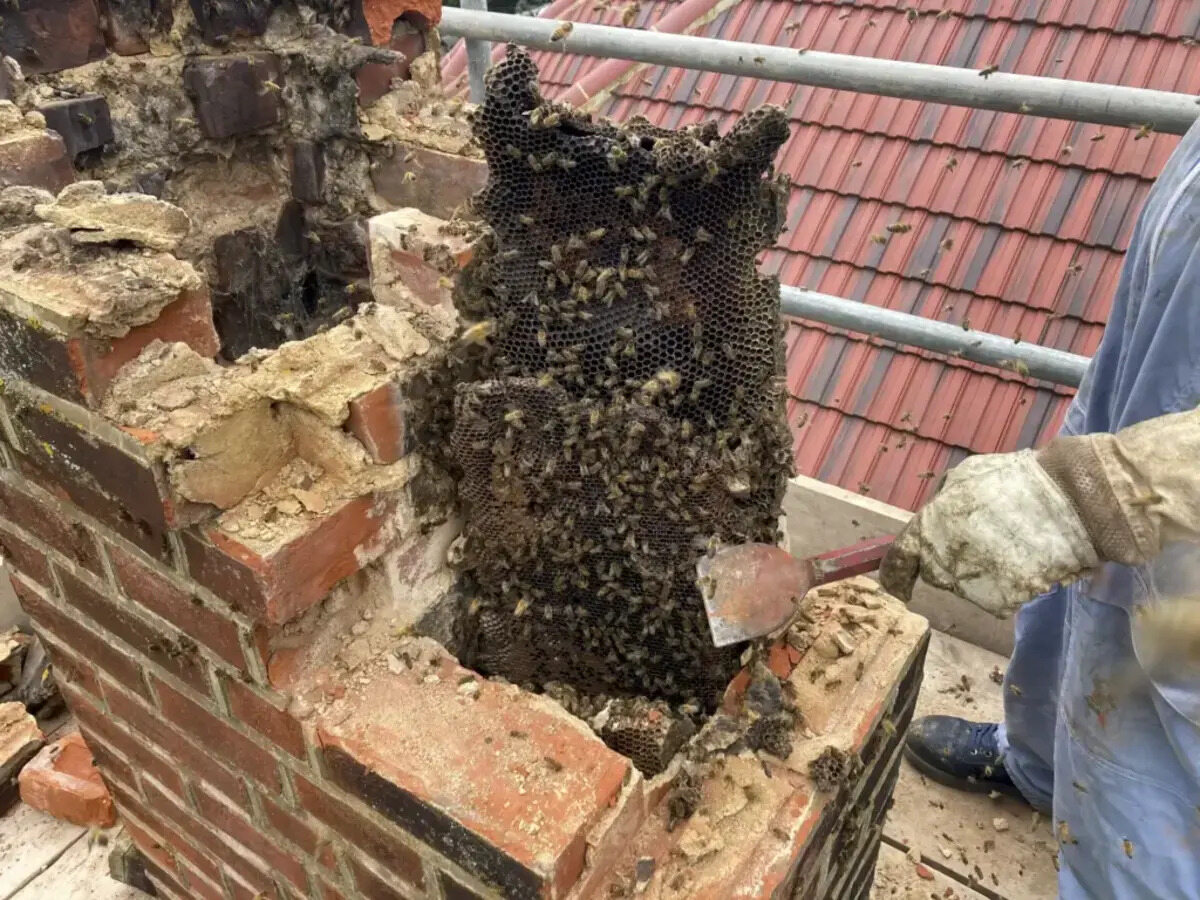
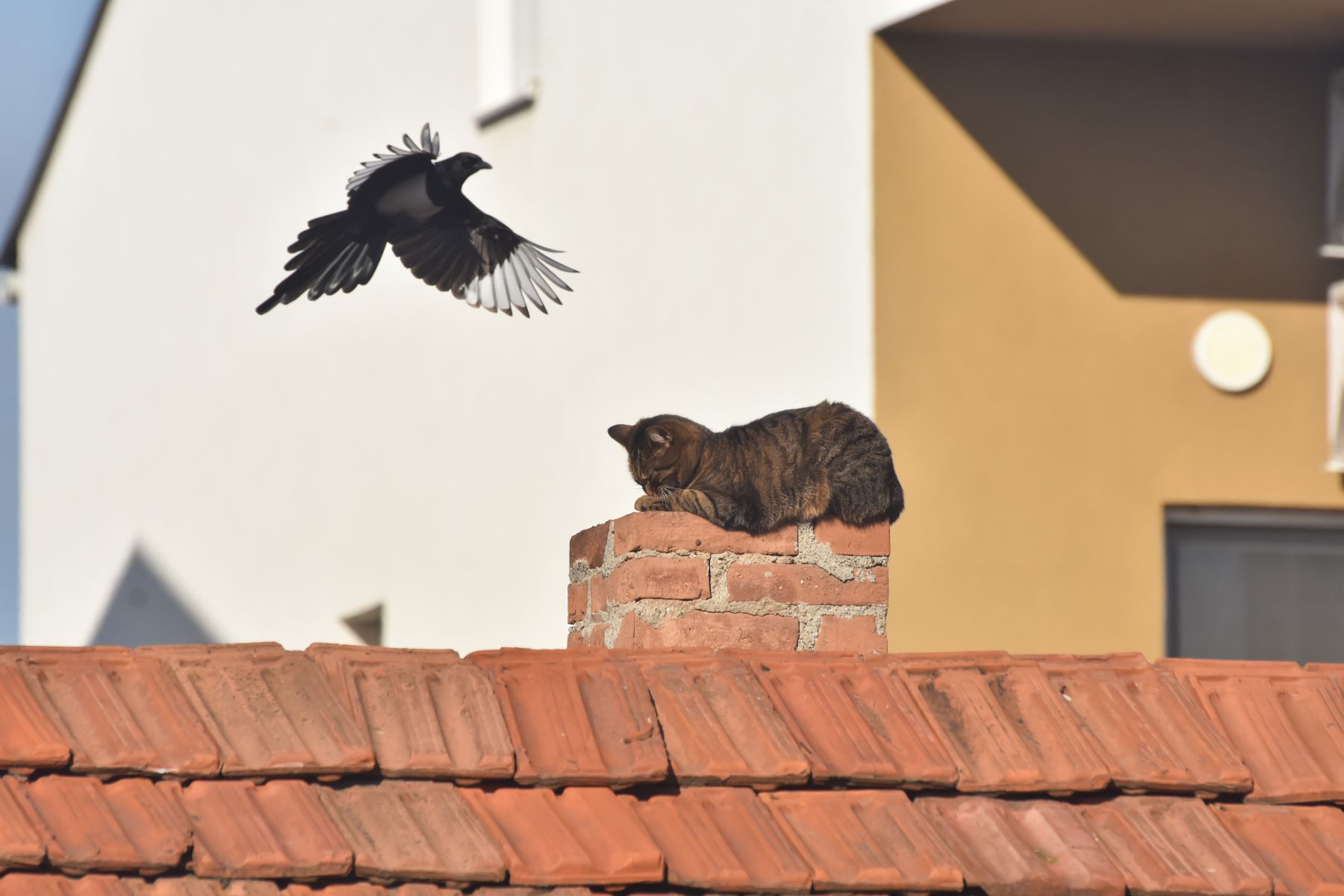
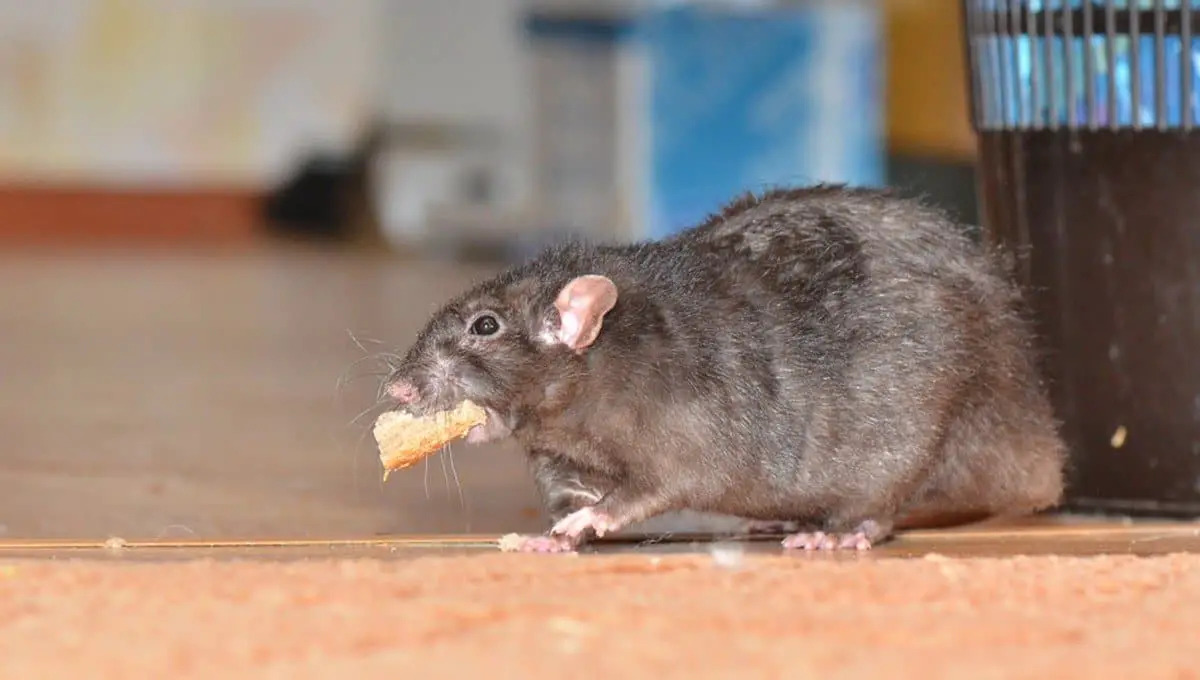
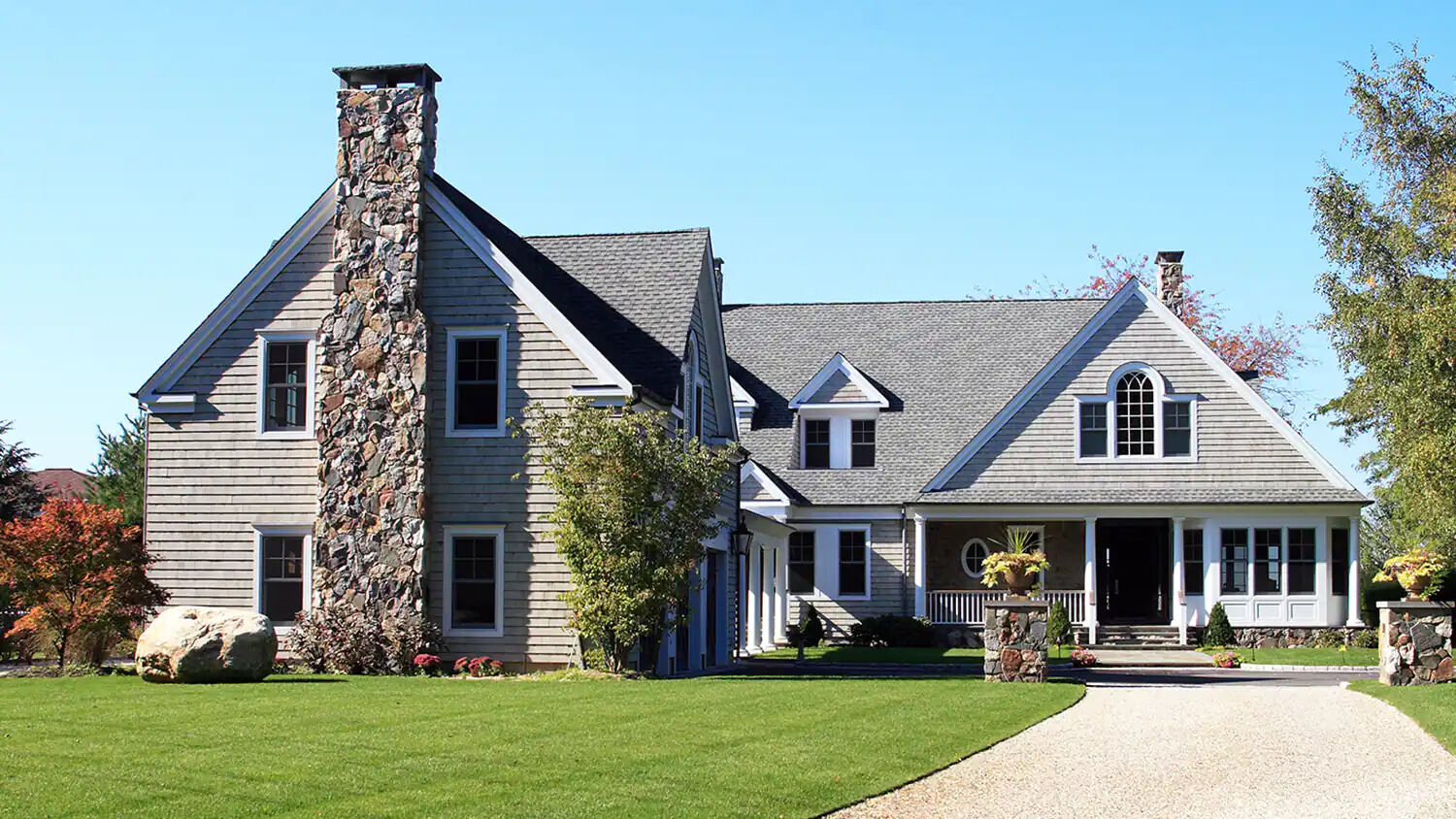
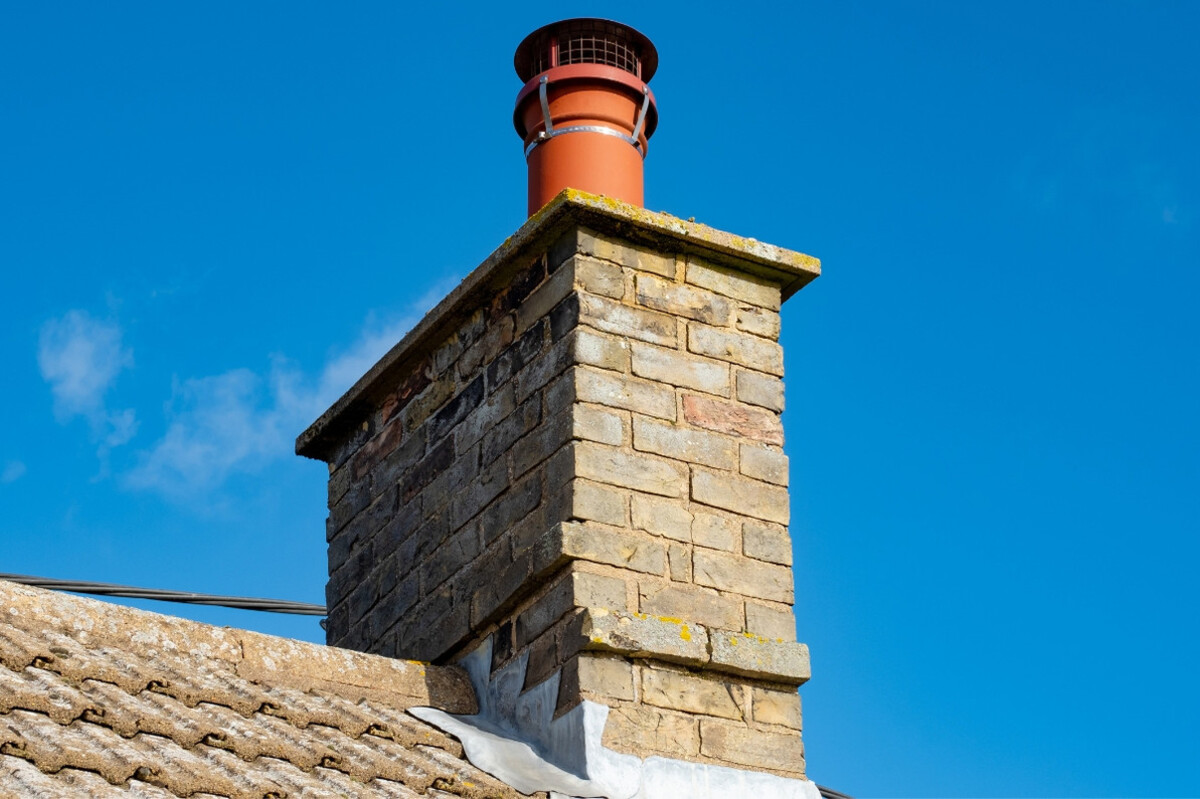
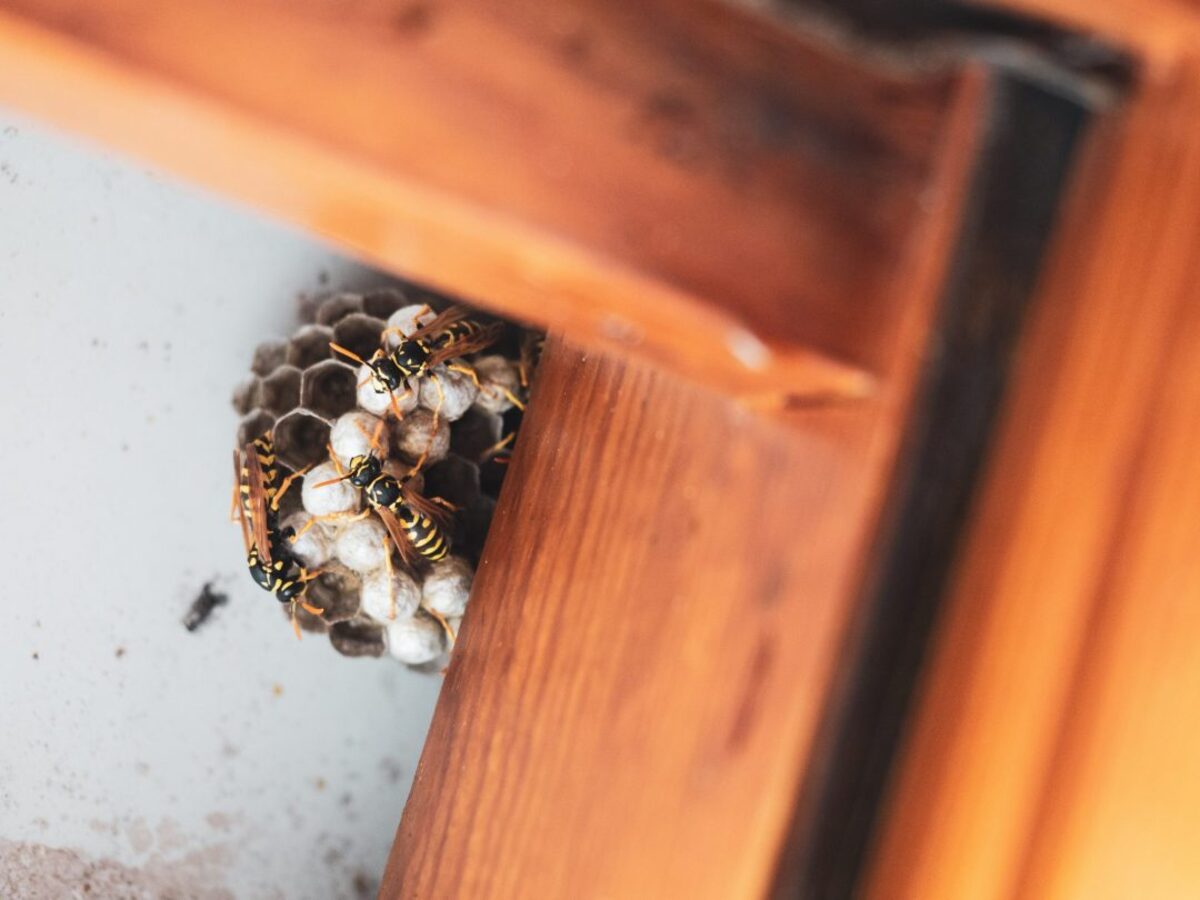
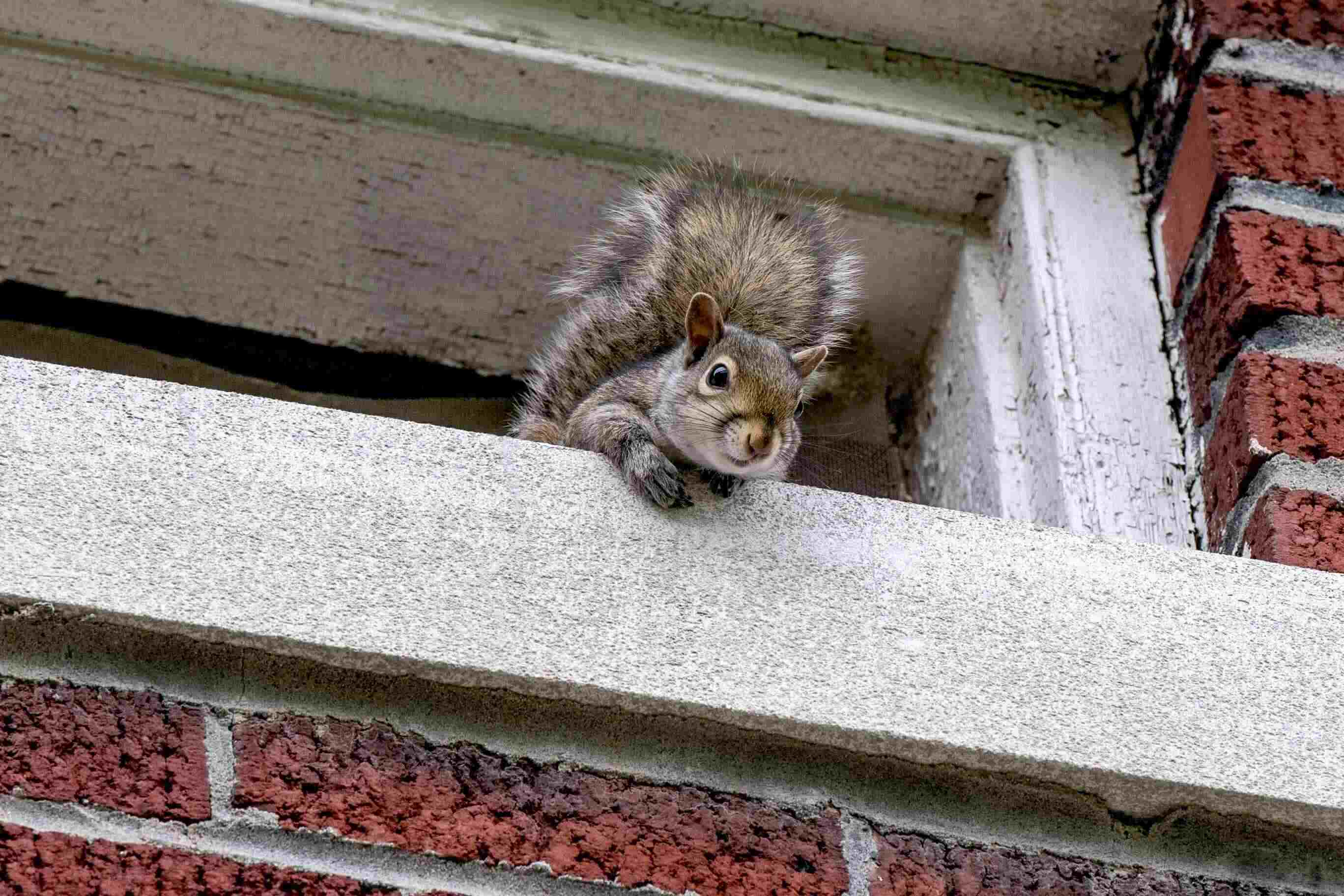
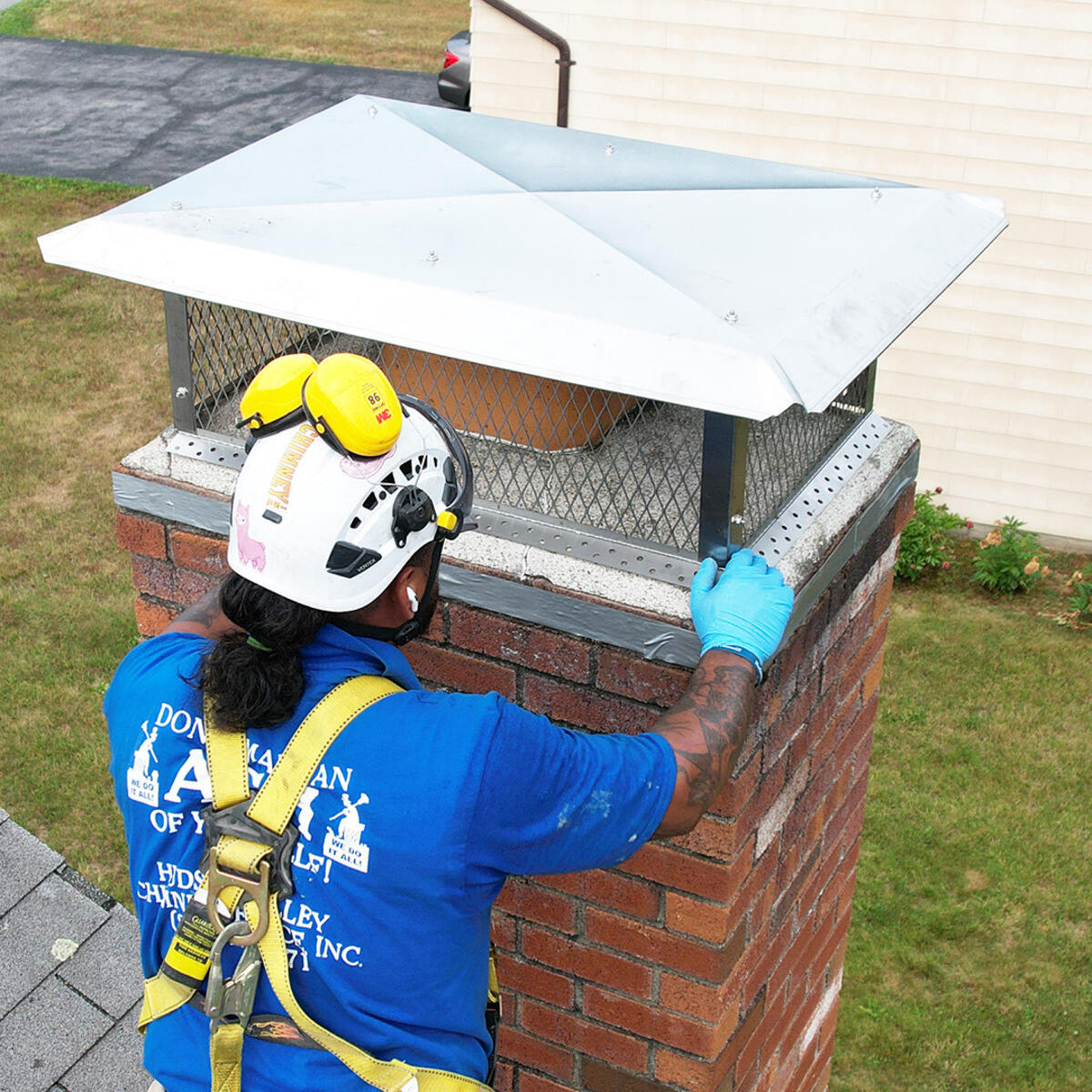

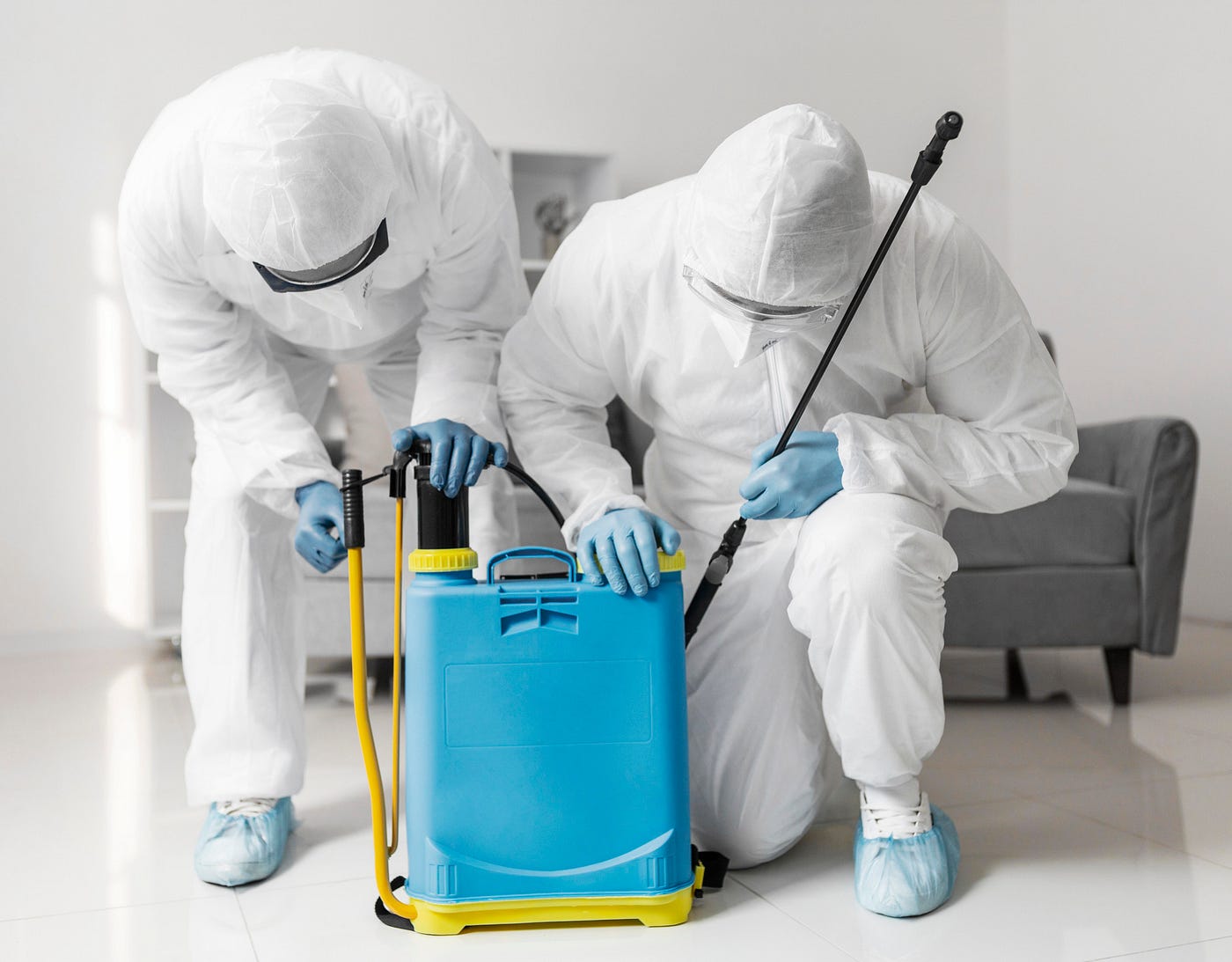
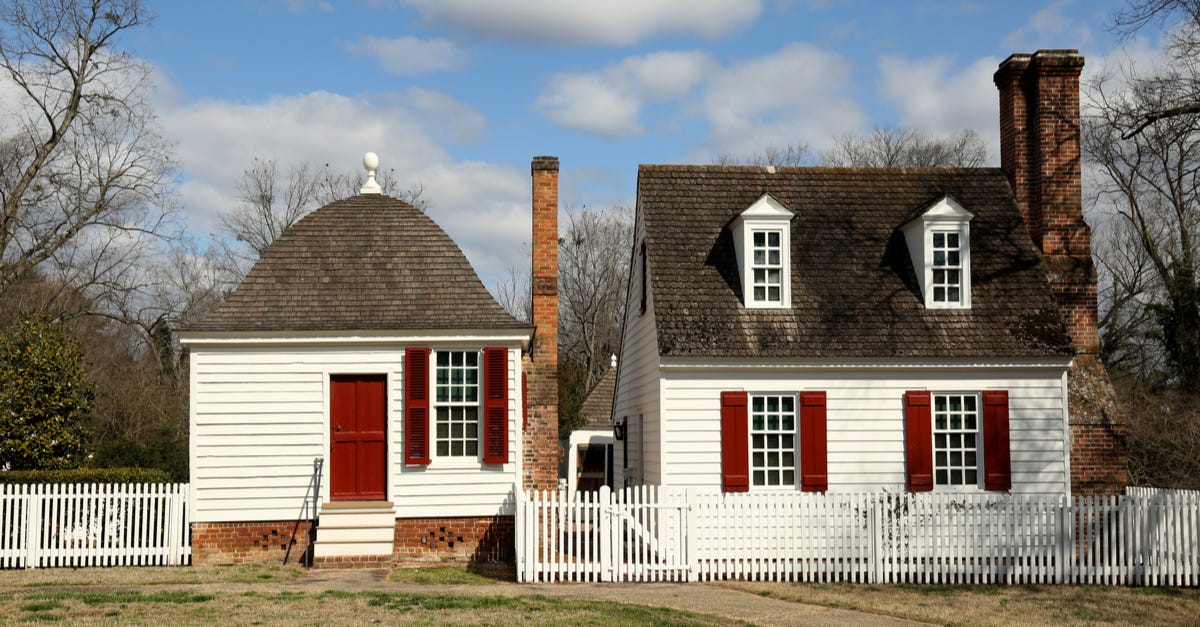
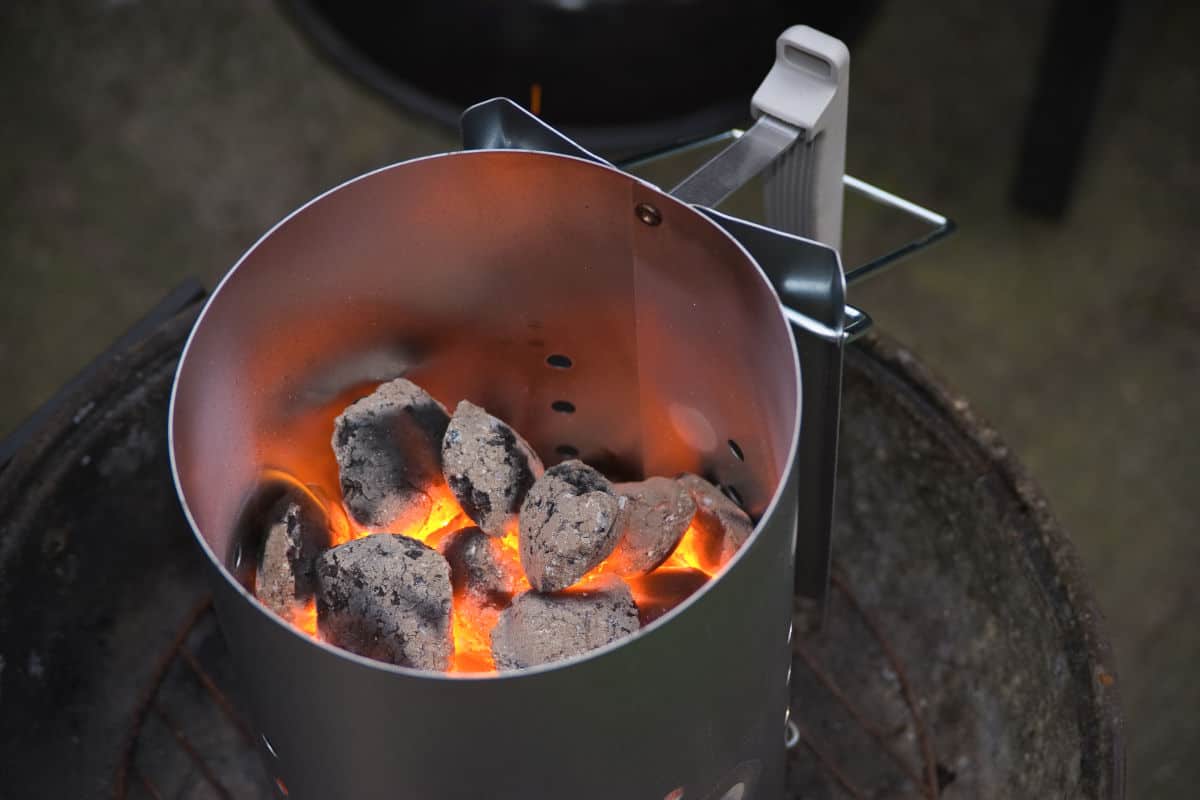

0 thoughts on “Who To Call When Animal Got Stuck In Chimney”